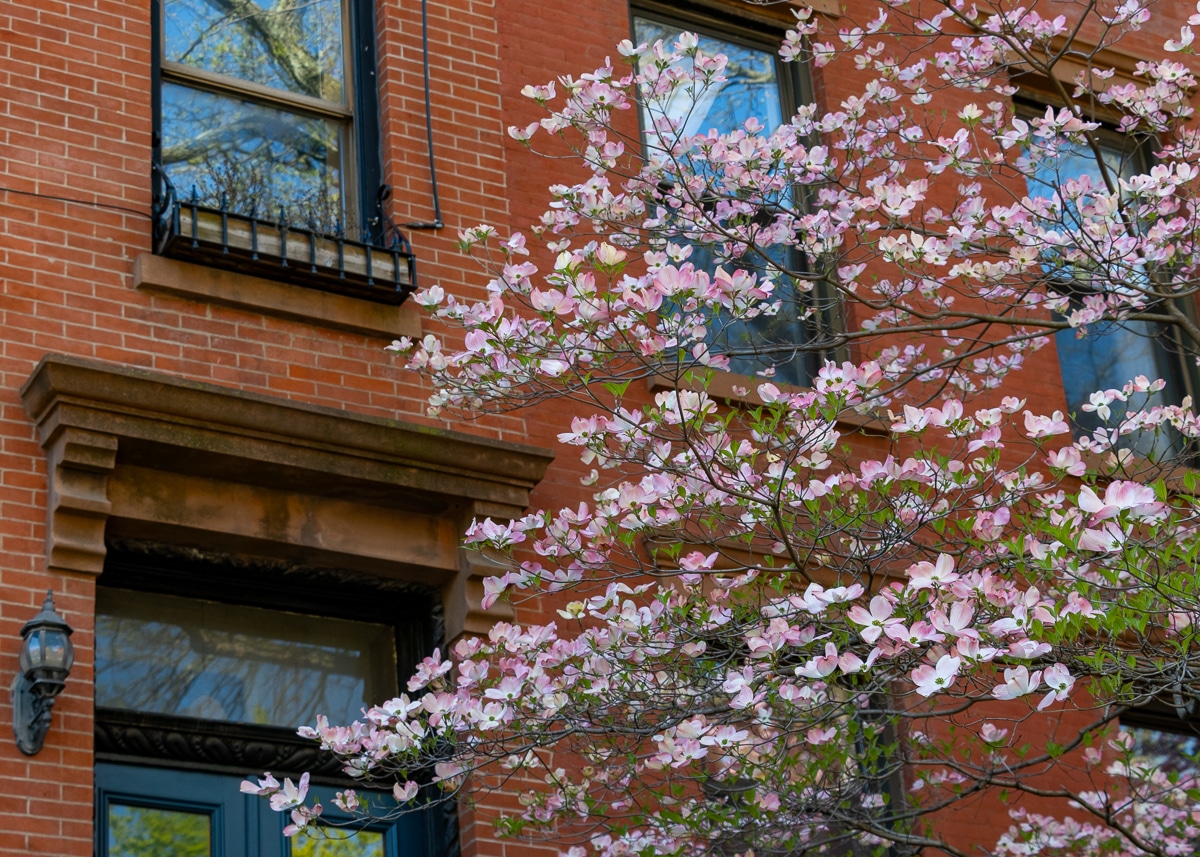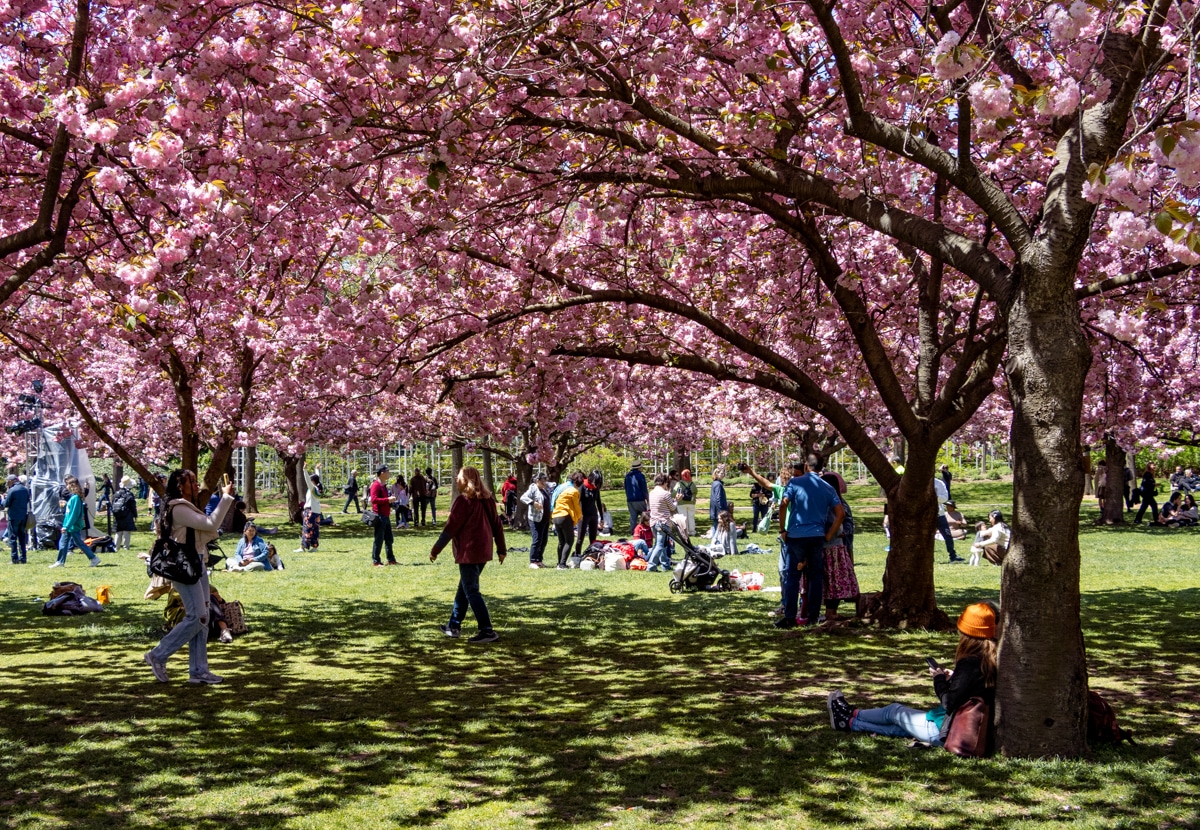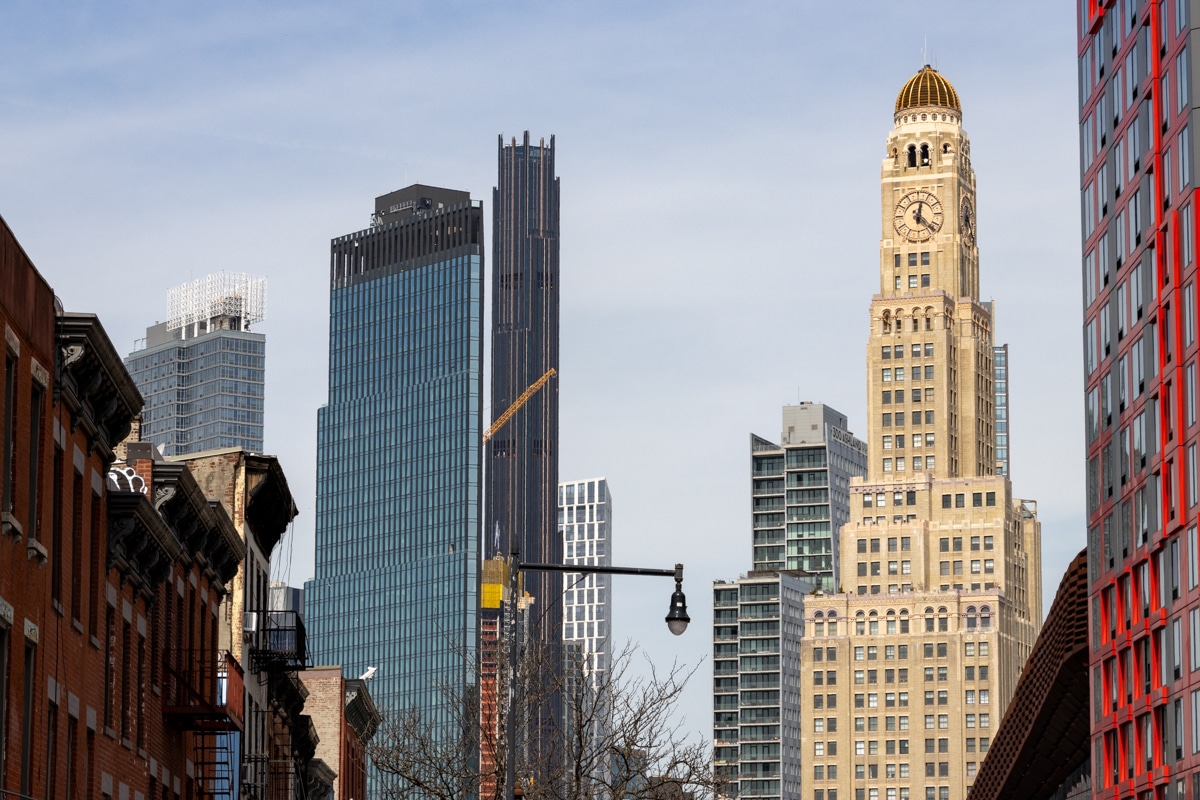Remembering Brooklyn's Civil Rights Activists and the Fight for a Better Bed Stuy
In the minds of many, the Civil Rights Movement occurred solely in the deep south, where formal segregation was deeply entrenched after the end of Reconstruction. This is a misconception, as Brooklynites (as well as plenty other communities beyond the south) joined together during this time to fight against relevant forms of racism in their own…

In the minds of many, the Civil Rights Movement occurred solely in the deep south, where formal segregation was deeply entrenched after the end of Reconstruction.
This is a misconception, as Brooklynites (as well as plenty other communities beyond the south) joined together during this time to fight against relevant forms of racism in their own neighborhoods. In Brooklyn, this largely meant employment inequality, housing opportunities, and discriminatory services — including trash pickup.
Bed Stuy became Brooklyn’s Birmingham, with activists, led by Doctor Robert Palmer and inspired by the South’s Freedom Fighters, working to raise awareness and bring revitalization to the then blighted neighborhood’s living conditions. The latter included high unemployment and a lack of city services for such basic necessities as garbage collection.
This movement was spearheaded by Brooklyn CORE: The Congress of Racial Equality, which worked to create jobs, desegregate housing, and integrate schools in Bed Stuy from 1960 to 1964.
Brooklyn CORE focused many of its members and resources on fighting housing discrimination. Perhaps its most creative method for this was “testing” landlords for discriminatory practices by using white and black testers to gauge if a landlord was using race as a factor in tenant selection. If a landlord was found to be discriminatory, CORE would demonstrate in front of the racist’s building, according to Alice Bernstein’s “Remembering the Civil Rights Struggle in Brooklyn.”

In 1962, CORE members took to the streets to protest discriminatory hiring in the development of Downstate Medical Center. Activists carried a coffin reading “Bury Jim Crow” through the streets near the center.
Various other civil rights picketing and protests occurred at the Brooklyn Downstate Medical Center, the events of which were subject to a documentary: “We Shall Not Be Moved: Downstate ’63.”
Another defining group of Brooklyn’s Civil Rights Movement was FOCUS: Freedom Organizations Coordinated for Unity in Shorefront. Based out of what they referred to as the Sheepshead Bay-Shorefront area, this majority white group worked towards ending housing discrimination by directly attacking the individuals they blamed for causing the problem: real estate professionals.
Through their efforts, FOCUS was able to suspend the licenses of multiple discriminatory brokers. In addition, FOCUS worked with Operation Open City to find proper housing for minority families who had been subject to discrimination, according to the Brooklyn Public Library’s Civil Rights in Brooklyn Collection.
Today, the steady push for equal city services and the ongoing fight against housing discrimination continues, building on the shoulders of the civil rights giants who made so much progress in the 1960s.

Related Stories
6 Brooklyn Community Groups Keeping Martin Luther King Jr.’s Legacy Alive Today
Man Protests Slave Theater Demo by Threatening to Jump From Top of Marquee
The Story of a Beloved But Discriminatory Brooklyn Sweets Factory
Email tips@brownstoner.com with further comments, questions or tips. Follow Brownstoner on Twitter and Instagram, and like us on Facebook.
[sc:daily-email-signup ]








Interesting, looks like these kids may have been protesting unfair distribution of resources at certain schools. However, PS 282 clearly is not in Bed Stuy, but in the North Slope. I wonder if back then (as now) the school was populated mostly by African-Americans who are both out of zone and probably out of district.